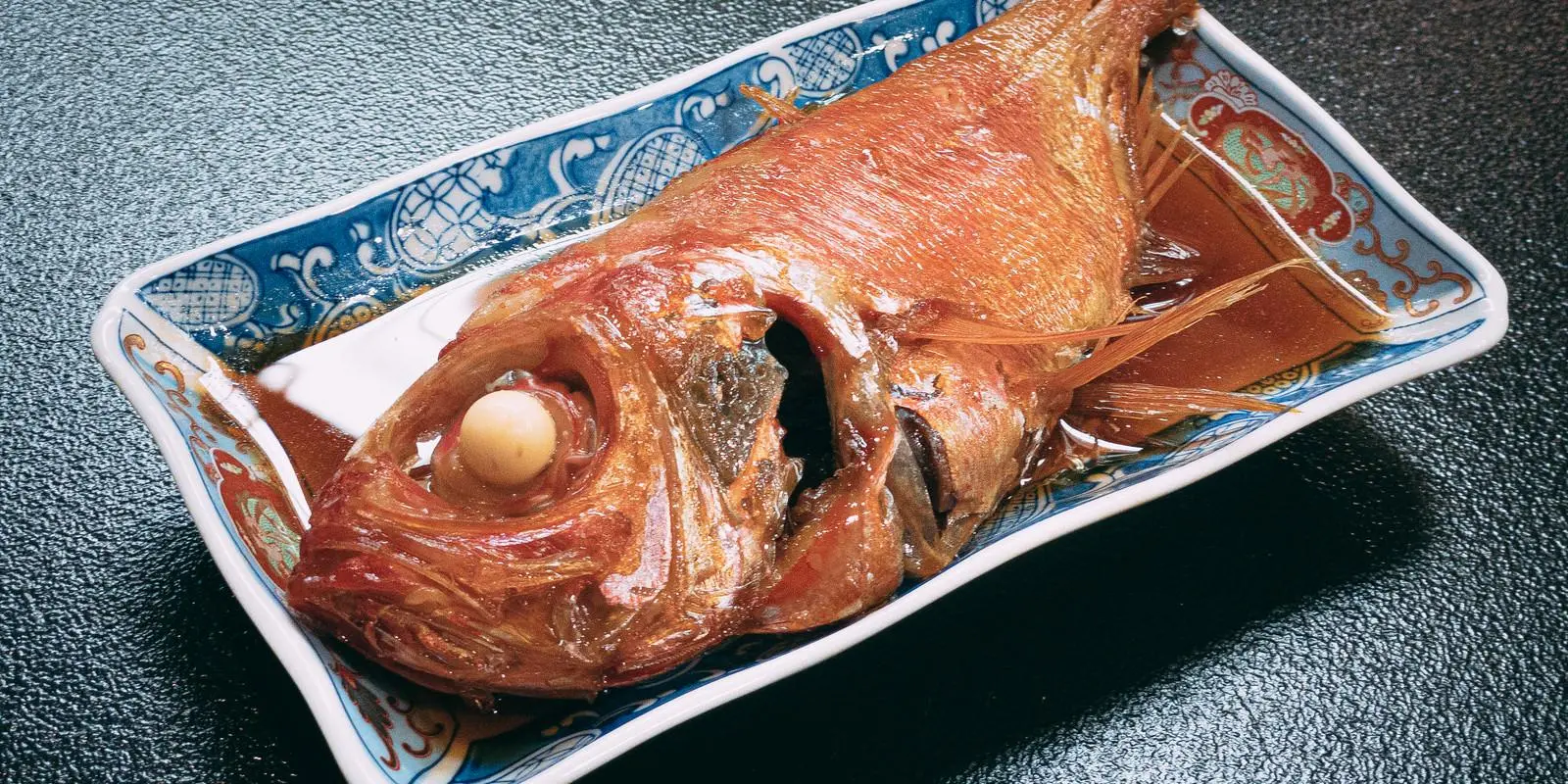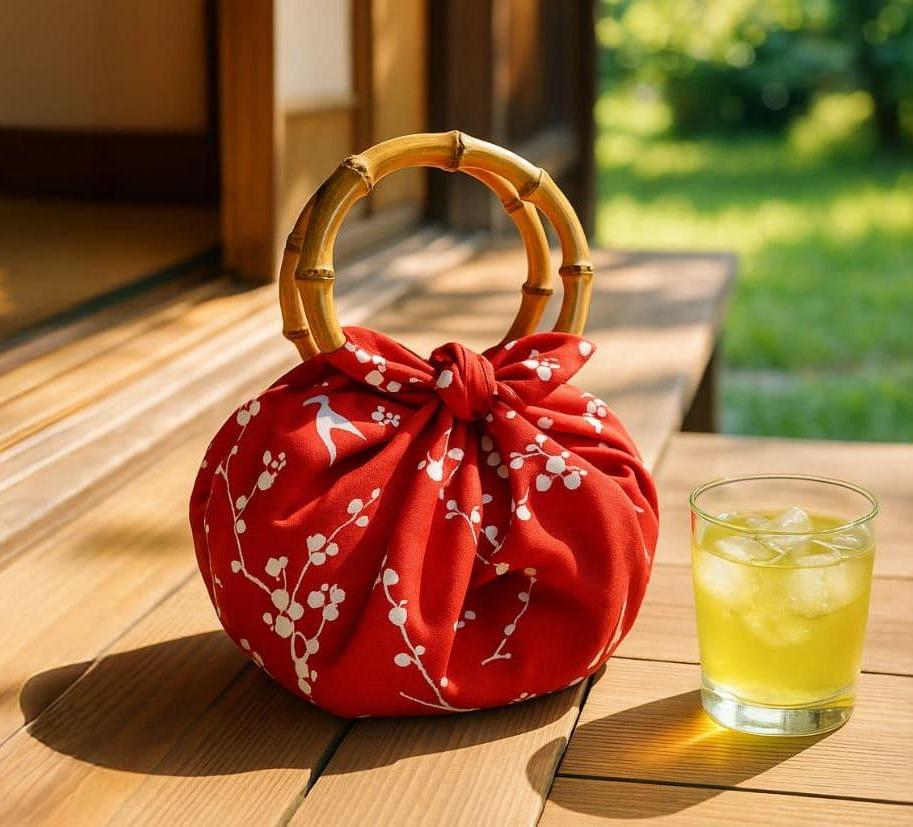For many travelers, food is one of the greatest joys of visiting Japan.
The country’s cuisine has evolved in its own distinct direction — full of unfamiliar ingredients, textures, and quiet confidence. That unfamiliarity is part of the charm: it invites you to take risks.
When you finally gather the courage to order something you’ve never seen before and it turns out amazing, it feels like discovering a secret level in the game of travel.
But sometimes, that same curiosity backfires.
You take the first bite, and suddenly realize that “adventure” might have gone a little too far. The taste isn’t bad — it’s just… profoundly not for you.
It happens to everyone, even the bravest eaters.
The real question is: what do you do next?
In your home country, you’d probably know exactly what to do.
But in Japan, you might hesitate — unsure if the same manners apply here.
This guide explains, from a Japanese perspective, how to handle that situation politely — without turning dinner into a cultural accident.
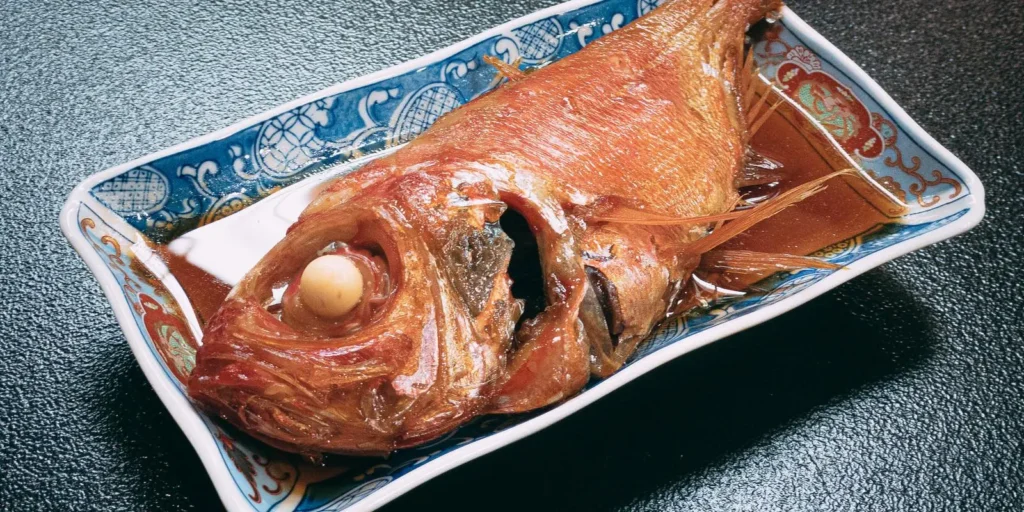
1. Should You Say It’s Not Good?
When your first culinary adventure in Japan doesn’t go quite as planned —
when that leap of faith turns out to be a miss —
many travelers from abroad would probably say something like,
“This just isn’t my taste.”
I suppose that kind of honesty is often seen as a form of sincerity.
For most people, taste is simply a matter of personal preference,
and saying it out loud doesn’t hurt anyone’s feelings.
In many cultures, being honest means being genuine.
That’s how I believe many would see it.
In Japan, however, things are a little different.
To be honest, while you’re here,
it’s usually better not to say “I don’t like this” too casually,
even if that’s how you truly feel.
Japanese people rarely verbalize their dislike of food.
Even when they find something difficult to enjoy,
they often stop at vague comments like
“That’s an interesting flavor,” or “It’s quite unique.”
You might wonder, why?
To some, it might even feel a little insincere.
In the next chapter, we’ll look at the reasons behind that hesitation.
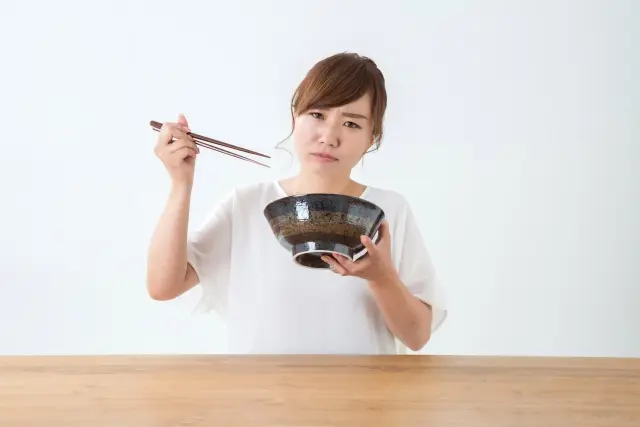
2. Why Japanese People Rarely Say “This Tastes Bad”
In Japan, people tend to be careful about expressing their opinions on food too directly.
It’s not easy to explain this in a single sentence.
But for many Japanese people, serving food carries a meaning that goes beyond simple service.
Even in a restaurant setting, there’s an unspoken understanding that a dish is prepared with the intention of pleasing the guest — and the guest, in turn, naturally accepts that premise.
In other words, food in Japan is often seen not just as a matter of flavor,
but as an expression of someone’s feelings.
That’s why saying “It’s not good” can sound less like “It’s not my taste”
and more like “Your effort didn’t reach me.”
Of course, that’s not what people intend to say,
but in Japan, many prefer to avoid even the chance of being misunderstood that way.
You might think,
“If someone takes it personally just because I said the food wasn’t to my liking, isn’t that their problem?”
And you’d be right.
Disliking the taste of something doesn’t mean you’re rejecting someone’s hospitality or character.
That said, life is rarely black and white.
There’s always a gradient in between.
Imagine telling someone, “I just don’t like the way you look.”
Even if it’s purely a matter of personal preference,
most people — anywhere in the world — would take that as a rejection of themselves.
Of course, I realize it’s a bit extreme to compare an issue of looks with one of taste.
But in Japan, both fall somewhere on the same continuum:
each can feel like a small denial of the other person’s world.
Put simply, the Japanese idea of “oishii” (“delicious”) isn’t only about flavor —
it also carries a sense of human connection.
That’s why being honest about not liking something
doesn’t always come across as sincerity here.
Sometimes, it’s interpreted as a lack of consideration.
This isn’t about what’s right or wrong.
It’s simply a difference in national character — or perhaps,
in the way people in each culture are taught to care for others.
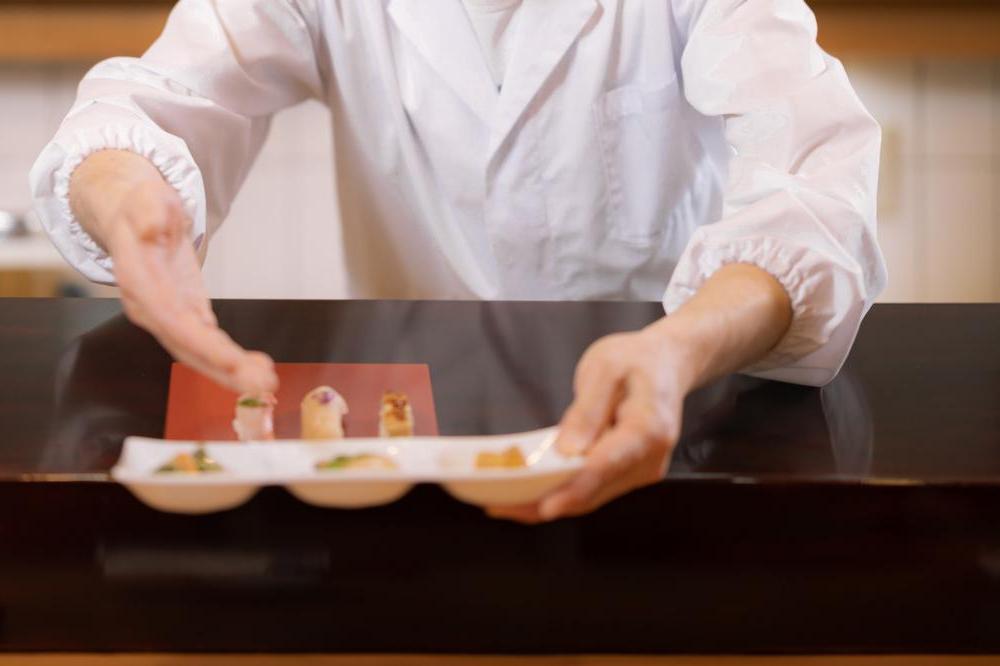
3. What Should You Do?
In the end, the safest approach is to follow the old saying:
“When in Rome, do as the Romans do.”
If it’s a one-time meal and you’re unlikely to see the staff again,
there’s really no need to mention that the food wasn’t to your taste.
Simply putting your chopsticks down and saying “Gochisōsama deshita” (thank you for the meal) with a smile
is more than enough.
That said, if you’re staying at a hotel or ryokan where you’ll be eating several times,
there’s nothing wrong with letting them know when something isn’t quite right for you.
Phrasing matters, though.
Instead of saying “This is too salty,” you might say,
“It’s a little stronger than I’m used to,” or
“I think I prefer something lighter.”
Many travelers already make such efforts without realizing it —
but in Japan, the line between honesty and offense can be surprisingly thin.
The key is not what you say, but how you say it.
A small change in tone can completely alter how your words are received.
Rather than “I don’t like this,”
saying “It’s a bit of a new taste for me” keeps the message gentle while still honest.
When you understand this aspect of Japanese communication,
your feedback — even if it’s about taste —
will never sound like rejection.
In fact, many Japanese people will see your care as a sign of respect for their culture.
In short, it’s not about avoiding honesty.
It’s about expressing it in a way that leaves both sides comfortable —
the essence of Japanese politeness.
4. In the End
Every culture has its own idea of manners.
In some places, honesty is a form of kindness.
In others, restraint is.
Japan leans toward the latter.
And, as I’ve said before, neither is more correct than the other.
There’s an experience I still remember clearly.
About ten years ago, a small ramen shop opened near my home.
It was run by a woman on her own — still getting used to the flow of things,
and, from the look of it, struggling to build a steady base of regulars.
One evening, I was the only customer at the five-seat counter.
As I finished my bowl, she asked me, a little nervously,
“How was the flavor?”
To be honest, as I was eating, I had been thinking:
This place might have a hard time surviving with this taste.
But what came out of my mouth was simply,
“Yeah, it’s not bad.”
A few months later, the shop was gone.
And even now, I still don’t know
what I should have said —
or how.

